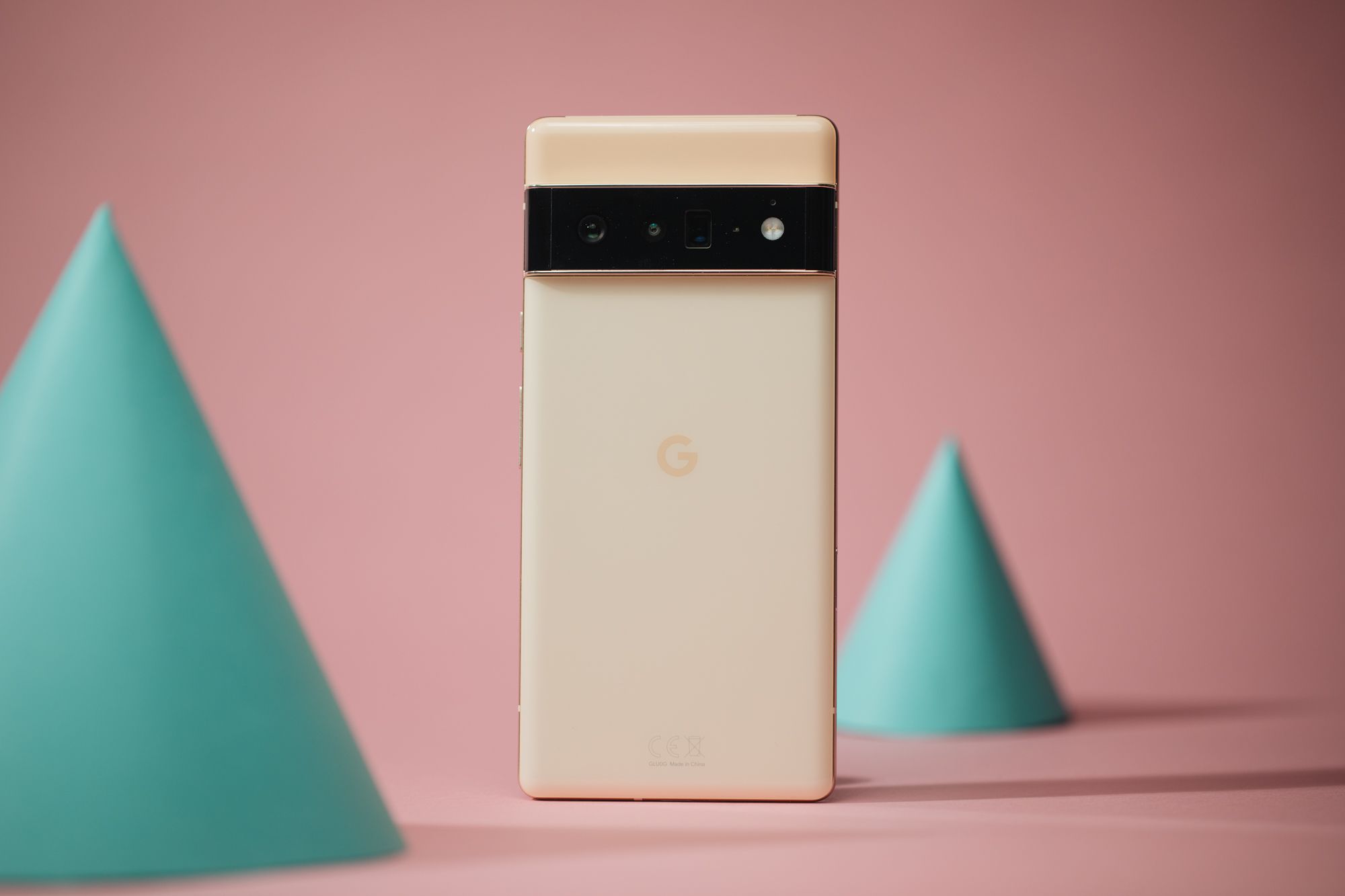Are you facing issues with your Google Pixel 6, such as being stuck in a boot loop or experiencing software malfunctions? Don’t worry, we’ve got you covered! In this comprehensive guide, we will walk you through the process of unbricking your Google Pixel 6 using the Android Flash Tool. By following these step-by-step instructions, you’ll be able to restore your device to its normal functioning state and get back to enjoying all the features and capabilities of your Pixel 6.
The Unbricking Process
Before we dive into the unbricking process, let’s first understand what it means to “brick” a device. Bricking refers to a situation where your smartphone becomes completely unresponsive and essentially as useful as a brick. This can happen due to various reasons, such as installing incompatible software, corrupt firmware, or unsuccessful system updates.
To unbrick your Google Pixel 6, we will be using the Android Flash Tool, a web-based tool provided by Google. This tool allows you to flash the firmware of your device, essentially reinstalling the operating system and restoring it to its original state. However, it’s important to note that unbricking your device using this method will erase all data on your phone, so it’s crucial to have a backup of your important files before proceeding.
Now, let’s get started with the unbricking process.
Step 1: Booting into Fastboot Mode
The first step is to boot your Google Pixel 6 into Fastboot mode. Fastboot mode is a special mode that allows you to communicate with your device over a USB connection. To access Fastboot mode on the Pixel 6, follow these steps:
- Power off your device completely.
- Press and hold the Volume Down button.
- While holding the Volume Down button, press and hold the Power button.
- Continue holding both buttons until the Fastboot mode screen appears.
If you’re having trouble accessing Fastboot mode, refer to the detailed guide provided by Google for your specific device model.
Step 2: Connecting Your Device to the PC
Once your device is in Fastboot mode, it’s time to connect it to your PC using a USB cable. Make sure you have a reliable USB connection and that your PC recognizes your Pixel 6.
Step 3: Using the Android Flash Tool
Now, open Google Chrome on your PC and navigate to the Android Flash Tool website. This web-based tool allows you to flash the firmware onto your Pixel 6. Make sure you are on the factory images page and not the OTA images page.
Scroll down on the website until you find the section dedicated to your specific device model (Pixel 6, Pixel 6 Pro, or Pixel 6A). Select the appropriate section for your device.
Step 4: Choosing the Firmware
In the device-specific section, locate and select the latest version of the firmware available for your device. It’s crucial to choose the correct firmware version based on whether your device is factory unlocked or carrier-specific.
Once you’ve selected the firmware, click on the “Flash” link next to it. A pop-up prompt will appear, asking for ADB access. Click on “Allow” to proceed.
Step 5: Configuring the Flash Options
On the next page, you’ll be presented with several options to configure before flashing the firmware. First, select the “Wipe device” option, as this is necessary for a clean installation. Additionally, you can choose to lock the bootloader if desired.
In the advanced options, select “Force flash all partitions” to ensure a thorough flashing process. Once you’ve configured the options, click the “Install build” button at the bottom of the window.
Step 6: Confirming and Installing the Firmware
A confirmation page will appear, asking you to verify that you’ve selected the correct device and firmware. Double-check the information and click the “Confirm” button. Then, click “I accept” to proceed with the installation.
The Android Flash Tool will now download the firmware required for the flashing process. The duration of this step depends on the speed of your internet connection, PC, and USB connection.
During the installation process, it’s important not to interact with your device unless instructed by the web page. Do not unplug the device or disrupt the USB connection.
Step 7: Rebooting and Finalizing
Once the installation is complete, you’ll see a message on your PC screen indicating that the firmware has been successfully flashed. At this point, your Google Pixel 6 will reboot again. You can now safely unplug the USB cable from your device.
The reboot process may take slightly longer than usual, as Android sets up the necessary configurations. When you see the Android activation screen, proceed with the device setup as you normally would.
Congratulations! You have successfully unbricked your Google Pixel 6 using the Android Flash Tool. Your device is now restored to its original state, and you can enjoy all its features and functionalities without any issues.
Additional Tips and Troubleshooting
- If you encounter any difficulties during the unbricking process or if your device doesn’t boot up properly after flashing the firmware, refer to our comprehensive “How To” page for troubleshooting tips and solutions.
- Stay updated with the latest Android versions and security patches to minimize the risk of bricking your device. Regularly check for system updates and install them promptly.
- Create regular backups of your important files and data to avoid permanent loss in case of a device failure or bricking.
Conclusion
Unbricking your Google Pixel 6 doesn’t have to be a daunting task. By following the steps outlined in this guide and utilizing the Android Flash Tool, you can easily restore your device to its normal functioning state. Remember to be cautious and follow the instructions carefully to ensure a successful unbricking process. With your Pixel 6 back in action, you can continue exploring all the amazing features and possibilities that this device has to offer.
Experiencing difficulties with your Device, check out our “How To” page on how to resolve some of these issues.






